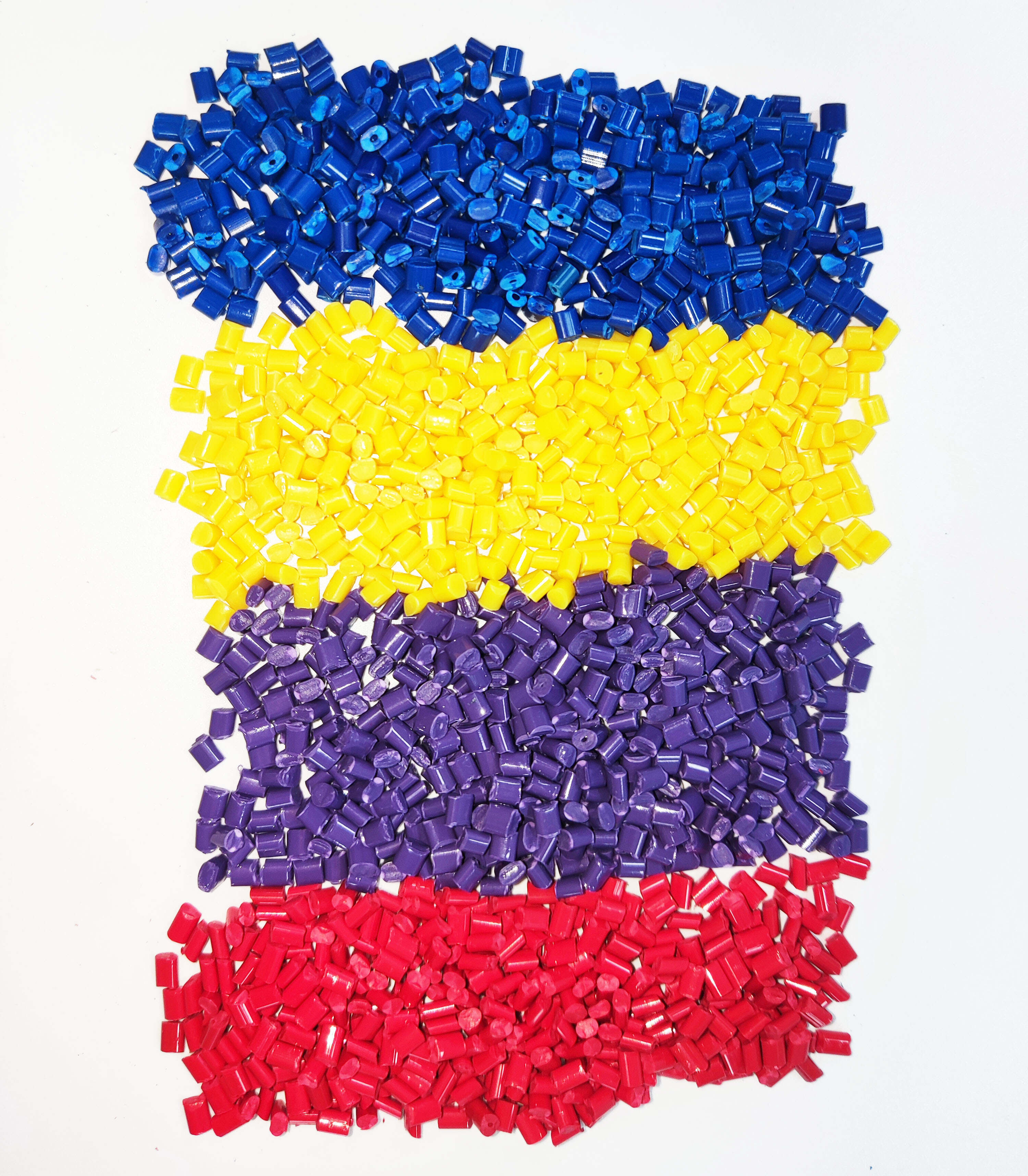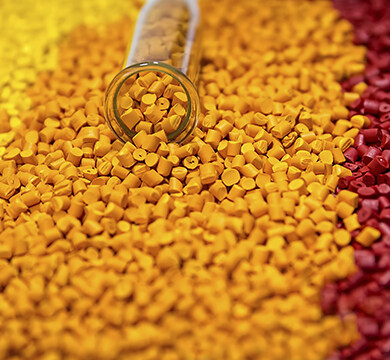Error de formato de correo electrónico
emailCannotEmpty
emailDoesExist
pwdLetterLimtTip
inconsistentPwd
pwdLetterLimtTip
inconsistentPwd

Offer Technical Support and Customized Solutions
The company is committed to creating new and improved plastic materials to meet the evolving demands of the market.

A Deep Dive into TPU Materials: Structure, Modifications, and Future Outlook
Thermoplastic Polyurethane (TPU) has steadily emerged as one of the most versatile and high-performance materials in the polymer world. With its unique combination of elasticity, strength, and processability, TPU serves as a material of choice across diverse sectors — from footwear, electronics, and automotive, to medical devices, flexible wearables, and industrial components.
But what exactly gives TPU such an extensive performance profile? How is it engineered and modified to meet evolving industrial demands? This article explores TPU from a deep technical perspective — examining its molecular structure, formulation strategies, processing challenges, and growth trajectory in the context of advanced material science.
1. TPU: A Molecular Perspective
TPU is a linear block copolymer composed of alternating soft segments (typically polyether or polyester polyols) and hard segments (formed by diisocyanates and chain extenders). This results in a microphase-separated morphology, where the soft segments contribute to flexibility and resilience, while the hard segments form crystalline or pseudo-crosslinked domains providing strength and thermal resistance.
Key Performance Attributes:
-
Elasticity & Fatigue Resistance
TPU’s reversible phase morphology allows it to maintain excellent mechanical recovery under stress, ideal for applications involving dynamic loading or repeated flexing. -
Wide Hardness Range (Shore A 60 to D 80)
By adjusting the ratio and chemistry of soft/hard segments, TPU hardness can be precisely tailored — from soft and rubbery to rigid and structural. -
Oil, Chemical & Hydrolysis Resistance
Polyether-based TPU offers superior hydrolysis and microbial resistance, making it ideal for wet or outdoor environments, while polyester-based TPU excels in wear and tensile strength. -
Excellent Low-Temperature Flexibility
Unlike many other polymers, TPU remains flexible and impact-resistant even at sub-zero temperatures.
2. TPU Formulation & Advanced Modification Techniques
To meet specialized end-use demands, TPU is often customized through a variety of advanced modification techniques:
1. Nanocomposite Reinforcement
The incorporation of nanoscale fillers like silica, graphene, or carbon nanotubes significantly enhances thermal stability, electrical conductivity, and barrier properties — critical for electronics, aerospace, and wearable tech.
2. Flame Retardant Formulation
Using halogen-free phosphorus or nitrogen-based flame retardants, TPU can meet stringent fire safety standards (e.g., UL 94 V-0) while maintaining mechanical flexibility.
3. Polymer Blending (e.g., TPU/ABS, TPU/PC)
Blending with engineering plastics allows for synergistic enhancement — such as improved dimensional stability, stiffness, or heat resistance — expanding TPU’s utility in structural applications.
4. Bio-based & Degradable TPU
With sustainability gaining prominence, bio-based TPU (derived from PLA, PBS, castor oil, etc.) and biodegradable grades are under active development to reduce environmental impact.
3. Processing Considerations & Technical Challenges
While TPU is compatible with a wide range of processing methods — including injection molding, extrusion, blow molding, film casting, and 3D printing — it poses specific processing challenges:
-
Narrow Thermal Window
TPU degrades at elevated temperatures; typical processing occurs between 180–220°C. Precise control of residence time and shear rate is essential to avoid degradation. -
High Moisture Sensitivity
TPU absorbs moisture quickly, which can cause surface defects and hydrolytic breakdown during processing. Drying to ≤0.02% moisture content is essential before molding. -
Compatibility with Additives
Careful selection of pigments, flame retardants, and plasticizers is necessary to maintain long-term performance and prevent migration or discoloration.
4. Core Application Segments: An Industry Overview
| Industry | Applications | TPU Advantages |
|---|---|---|
| Footwear | Soles, midsoles, cushioning units | High elasticity, abrasion resistance, soft touch |
| Consumer Electronics | Phone cases, cables, wearables | Shock resistance, flexibility, aesthetic appeal |
| Automotive | Interior trims, tubing, seals | Oil resistance, thermal stability, lightweight |
| Medical | Tubing, catheter jackets, flexible devices | Biocompatibility, clarity, chemical resistance |
| Industrial | Conveyor belts, rollers, gaskets | Load-bearing capacity, wear resistance |
| 3D Printing | TPU filaments, powders | Elasticity, layer bonding, durable printability |
5. Future Trends in TPU Materials
1. High-Performance Grades
The push toward electric vehicles, aerospace, and high-performance sports gear is driving the development of high-modulus, high-temperature TPU, including thermally stable and highly abrasion-resistant variants.
2. Smart and Functional TPUs
Conductive or sensor-integrated TPU composites are gaining traction in flexible electronics, wearable health monitors, and responsive surfaces, enabling the next generation of interactive materials.
3. Sustainability-Driven Innovation
The development of bio-based TPU and closed-loop recycling systems is reshaping TPU’s environmental footprint. Advanced chemical recycling and eco-design principles are becoming critical in TPU value chains.
Conclusion
TPU is not just a material — it's a platform for innovation. Its structural tunability, performance diversity, and broad processing adaptability make it a prime candidate for both established industries and emerging technologies. As demand for high-performance and sustainable polymers accelerates, TPU will remain at the forefront of material science — enabling smarter, lighter, stronger, and more responsible product solutions.

